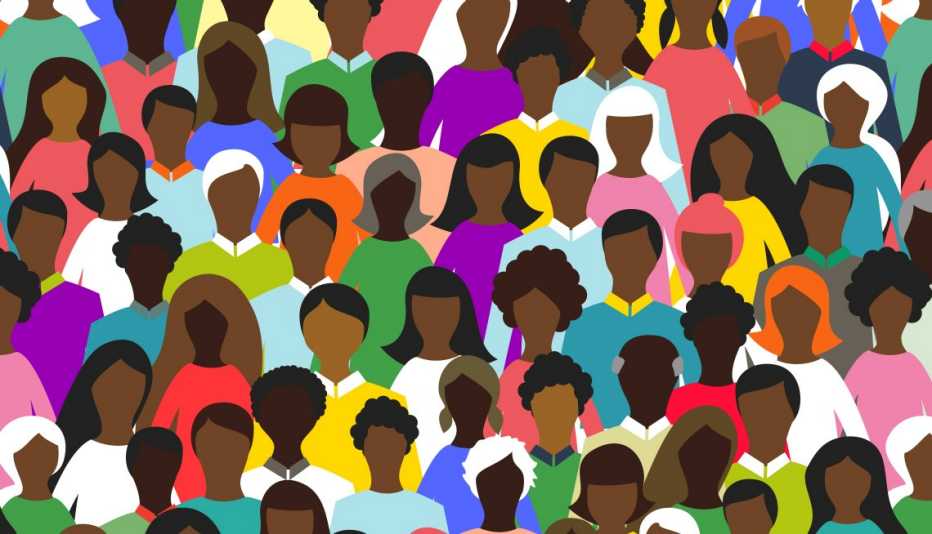AARP Hearing Center


For many Black Americans, death comes too soon, according to researchers who reviewed more than two decades of U.S. death certificate data collected by the Centers for Disease Control and Prevention (CDC).
Black Americans experienced 1.63 million excess deaths during that period. This refers to the difference in the number of deaths that occurred during a particular period and the number of deaths expected during that time.
The higher mortality rate meant a cumulative loss of more than 80 million years of life compared with white Americans from 1999 to 2020. The excess death rates are largely due to increased rates of heart disease, cancer and infant mortality, according to a newly published report in JAMA.
“It is important to remember this is not an abstract concept. There is a real human toll to these entrenched inequities,” coauthor Marcella Nunez-Smith, M.D., an associate dean for health equity research at Yale School of Medicine, said in a statement. “The impact on families and communities should be unacceptable to all of us.”
The study found encouraging gains were made in the early 2000s, but those evaporated in 2020 amid the COVID-19 pandemic. The report notes that even when disparities were at their lowest mark, there were more than 50,000 annual excess deaths and 3 million annual excess years of potential life lost among the Black population compared with the white population.
Clyde Yancy, M.D., a coauthor of the study and chief of cardiology at Northwestern University’s Feinberg School of Medicine, said in a statement that the numbers provide a “reasonable quantitative assessment” of racial disparities in death. The sheer size of the problem suggests an “overwhelming need” for a public health response to solve it, he said.
“If we are indeed a civil and just people, our charge must be the adaptation of new public health initiatives targeting health equity,” Yancy said. “As we go forward, and with the aging of our population, the health of our citizenry directly impacts the health of our economy — the pandemic made that incontrovertibly clear. We are reminded once again that the absence of health in anyone of us affects the health of all of us.”



































































More on Health
America’s War Against Heart Disease
Here's why we're losing the battle against our number 1 killer — and what will help
How Skin Color May Put Your Health at Risk
Studies suggest some modern medical devices add to racial disparities in health care
The Surprising Impact of Racism on the Brain
New research suggests discrimination is linked to memory decline in middle-aged adults